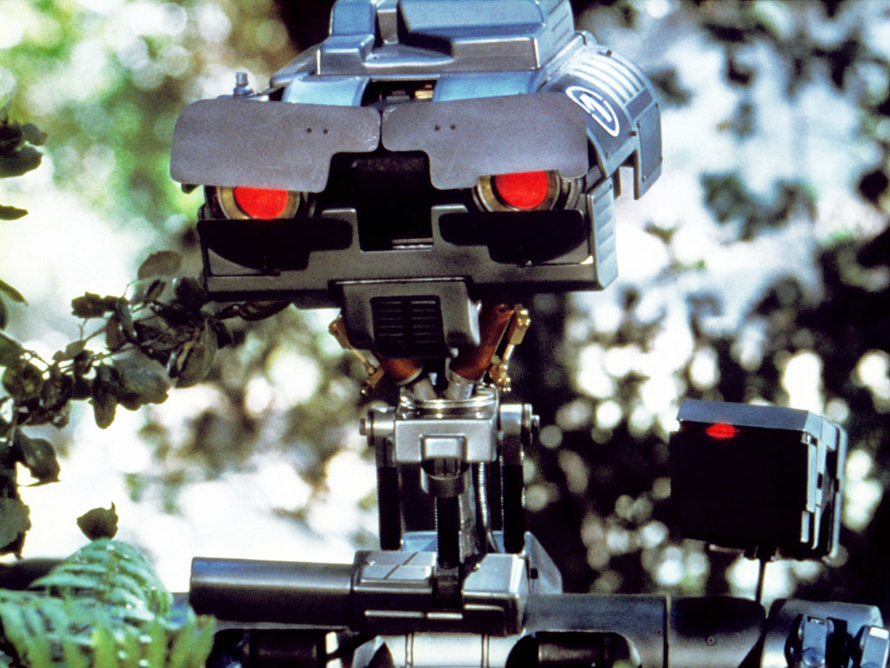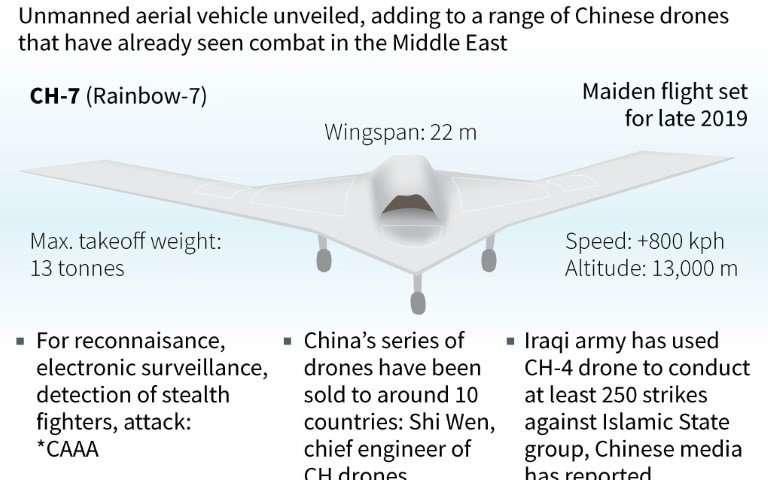China is programming new autonomous AI-powered drones to conduct “targeted military strikes” without a human making the decision to fire, according to a new report by the Center for a New American Security, a US national security think tank.
Authored by Gregory C. Allen, the report is a comprehensive look at Chinese AI (and American officials’ underestimation of it). Allen notes that drones are becoming increasingly automated as designers integrate sophisticated AI systems into the decision-making processes for next-generation reconnaissance and weapons systems. Before writing his analysis, Allen participated in a series of meetings “with high-ranking Chinese officials in China’s Ministry of Foreign Affairs, leaders of China’s military AI research organizations, government think tank experts, and corporate executives at Chinese AI companies.”
“Though many current generation drones are primarily remotely operated, Chinese officials generally expect drones and military robotics to feature ever more extensive AI and autonomous capabilities in the future,” writes Allen. “Chinese weapons manufacturers already are selling armed drones with significant amounts of combat autonomy.“
“The specific scenario described to me [by one anonymous Chinese official] is unintentional escalation related to the use of a drone,” said Allen in a Wednesday report by The Verge.
As Allen explains, the operation of drones both large and small has become increasingly automated in recent years. In the US, drones are capable of basic autopilot, performing simple tasks like flying in a circle around a target. But China is being “more aggressive about introducing greater levels of autonomy closer to lethal use of force,” he says. One example is the Blowfish A2 drone, which China exports internationally and which, says Allen, is advertised as being capable of “full autonomy all the way up to targeted strikes.” –The Verge
“Mechanized equipment is just like the hand of the human body. In future intelligent wars, AI systems will be just like the brain of the human body,” said Zeng Yi, a senior executive at Chinese’s third largest defense manufacturer, who believes AI will be at the core of warefare in the future.
“AI may completely change the current command structure, which is dominated by humans,” and instead fall under the control of an “AI cluster.”
Targeted Precision Strikes
Chinese military drone manufacturer Ziyan’s Blowfish A2 can be armed with either missiles or machine guns depending on the customer’s preferences, and “autonomously performs complex combat missions, including fixed-point timing detection and fixed-range reconnaissance, and targeted precision strikes.”
[youtube https://www.youtube.com/watch?v=MsNnDM8TtrM]
“The point made to me was that it’s not clear how either side will interpret certain behaviors [involving autonomous equipment],” said Allen. “The side sending out an autonomous drone will think it’s not a big deal because there’s no casualty risk, while the other side could shoot it down for the same reason. But there’s no agreed framework on what message is being sent by either sides’ behavior.“

The concerns are amplified when you consider advancing autonomy, according to The Verge. How will a warning shot fired by a drone or a robot be interpreted, for example? Will it be understood that it was an autonomous action, or that of a human? And what then?
In essence, says Allen, countries around the world have yet to define “the norms of armed conflict” for autonomous systems. And the longer that continues, the greater the risk for “unintentional escalation.”
“I think that’s a real and legitimate threat,” says Allen. –The Verge
In November, a Chinese state-owned company unveiled its CH-7 autonomous drone at a 2018 airshow in Zhuhai, Guangdong Province. Its chief designer, Shi Wen, says that the aircraft can “fly long hours, scout and strike the target when necessary,”according to CBS News.
“Very soon, I believe, in the next one to two years, (we) can see the CH-7 flying in the blue skies, gradually being a practical and usable product in the future,” said Shi.
With a wingspan of 22 meters (72 feet) and a length of 10 meters (33 feet), the swept-wing CH-7 is the size of a combat aircraft and its single engine can propel it at roughly the speed of a commercial jet airliner.
…
While the CH-7’s ultimate effectiveness remains to be determined, if exported, it would “mark another step-change for China, which has traditionally not offered its cutting-edge technology to foreign customers,” Roggeveen said.
Across the Middle East, countries locked out of purchasing U.S.-made drones due to rules over excessive civilian casualties are being wooed by Chinese arms dealers, now the world’s main distributor of armed drones. –CBS News
An unmanned aerial vehicle believed to be the CH-7 is displayed at the booth of China Aerospace Science and Technology Corp. ahead of the Airshow China 2018 in Zhuhai, Guangdong Province on Sunday. (Photos: Yang Sheng/GT) https://t.co/gHdJeCSrxN pic.twitter.com/mxFhZUX07B
— Global Times (@globaltimesnews) November 4, 2018

[youtube https://www.youtube.com/watch?v=v5Std6jc_F8]
Allen concludes that “The U.S. policymaking community ought to make it a priority to be equally effective at translating, analyzing, and disseminating Chinese publications on AI for the insights they provide into Chinese thinking.”
http://platform.twitter.com/widgets.js
Source link










